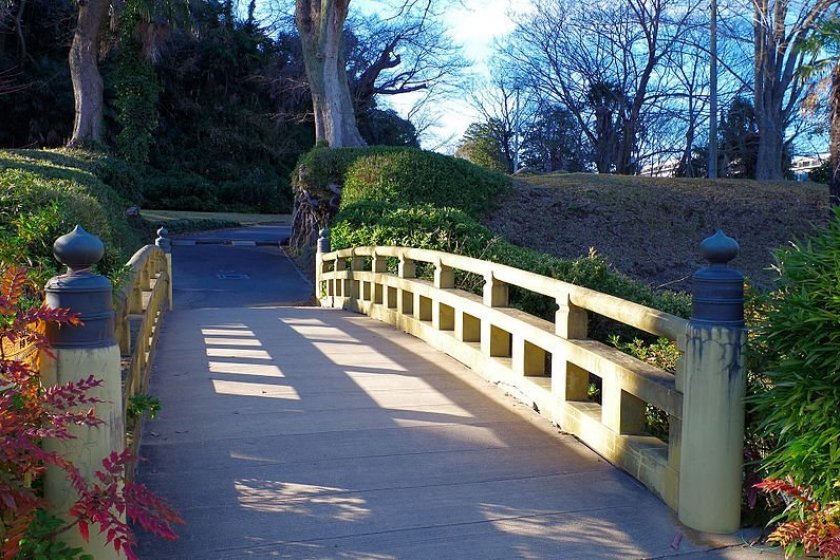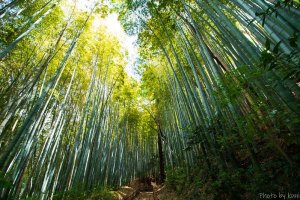Overview
Edo Period historic sites are sprinkled all over the greater Tokyo area, but you’re hard-pressed to find a period neighborhood within the city limits of Tokyo itself. Look east to Sakura City in Chiba Prefecture to see Edo character. This former castle town once flourished as a major stronghold of lords under the shogun and today preserves much of the town's history and architecture.
It's also home to excellent museums. The city is surprisingly accessible, as it's only 15 minutes by express train from Narita City, and one hour from Tokyo Station. You can easily spend a day in the city walking or cycling to the sights.
Castle and National History Museum
Start at Sakura Castle, built on the orders of Tokugawa Ieyasu to protect the region to the east of the capital Edo. All that remains are the foundations and a bridge crossing the moat. The castle is listed as one of Japan's top 100 castles largely because of its historical significance and the lack of stone walls, as it was protected solely by earthworks and moats.
The castle site is Sakura Castle Park, a poignant location to see cherry and peach blossoms in spring. What many visitors really come here for is the comprehensive The National Museum of Japanese History. The sprawling museum chronicles the lives of Japan's elite and commoners alike. Sakura Castle Park and the museum are a 20-minute walk from Sakura Station. Local buses are also available from the station.
Samurai Residences and Bamboo Grove

South of Sakura Castle Park is the most extensive collection of samurai residences in the greater Tokyo area. Each of the houses has a distinct character and varies in size according to the status of the residents. The best approach to the samurai quarter is via Hiyodorizaka, a slope bordered by soaring bamboo thickets.
Across from the samurai quarter, you'll find Daishoin, a Shingon Buddhist temple established in the Kamakura Period. The temple's main figure is Dainichi Nyorai, the healing Buddha.
Local Shrine and Museums
A 10-minute walk east of the samurai quarter is Makata Shrine, a sanctuary connected to local hemp production, hence the "ma" in the name Makata. The temple enshrines Wakubumusubi, recorded in ancient chronicles as a god from whose body silk moths, their food, mulberry, grains, and hemp sprang.
On your way east through the Shinmachi area, you’ll be flanked by a few vintage storefronts and kura storehouses leading to three museums. The Tsukamoto Museum is first on your route. The sword collection of hundreds of items belonged to Tsukamoto Sozan, a Sakura City native. The museum has a rotating three-month exhibition of 20 pieces at a time. Also in Shinmachi visitors can view The Sakura Museum of Art, housed in a Taisho Period bank building, featuring regional historic and contemporary works.
A little further on is Ohayashikan, a hall that celebrates folk music, festival traditions, and displays large figures used in the Sakurabayashi summer festival. Admission is free.
Medical History and Local Lord's Manor
Continue east another 15 minutes to Sakura Juntendo Memorial Hall. Here, trailblazing practitioners of western medicine built a clinic and school here in the 1840s. Visitors can see the texts and medical instruments at this well-preserved institution.
Another 20-minute walk south takes you to the Former Hotta Clan Residence and Sakura Teien Garden. The house, once the stronghold of the last lord of the Sakura Domain, was built in 1890. The house is surrounded by a classic Meiji era garden.
































